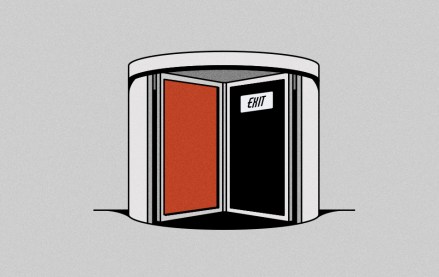
Tim Dunn is the director of mobile and strategy at Isobar US
This was supposed to have been the year when the beacon invaded Main St., driving customers to purchase by harnessing the supposed power of location and messaging delivered right at the point of decision.
Yet strangely shoppers are still free to wander Main Streets and malls across the nation untroubled by enticing, timely and personalized offers delivered straight to their mobiles. Why is this?
It’s not because there’s anything wrong with beacon technology – it’s a fully mature bearer for all sorts of messaging across both iOS and Android, and most of the current smartphones support it natively. beacon messages feel natural and right when delivered well.
If beacon isn’t everywhere already it comes down to two main problems, which reveal fundamental challenges for almost all marketers.
Beacon is the sharpest marketing tool imaginable today
If you are going to interrupt someone’s day out at the mall or any other venue, you have to have something good to say – something that will add value in terms of real benefit, amusement, interest or utility. You also have to build that on top of a deeper and longer-lasting brand relationship, the kind that has earned you the right to have an app downloaded and used on a phone.
And above all that, you need to have the smarts to say something that is relevant to that user right now. Few marketers, if they are being honest, can truly claim any of those, let alone all of them. Suddenly, installing small beacon devices into stores or venues seems like the simple part of this task.
Beacon requires a super-smart infrastructure to unleash its potential
The art of marketing automation – tailoring every interaction on data held about unique individuals – is still in its infancy. When most brands and retailers aren’t yet customizing their homepages for users, the ability to send relevant, personalized messages on added dimensions such as location and time seems even further away. A really compelling message for a beacon would be to detect a user in store who has previously added an item to their online basket and failed to complete a purchase (as occurs to 68 percent of all baskets today) who is then sent an immediate discount or further information to ensure the deal is closed on that visit.
This requires wholesale changes in data management, user identification, merchandizing, messaging and the build of a new set of CRM rules. It’s no small task, but those who hope to succeed in the new world of highly competent omnichannel shoppers need to be able to operate this seamlessly.
It has brand marketing implications too. If brands want to foster the kind of relationship where interruptive marketing is acceptable, then a deeper level of engagement should be delivered over time, and this generally requires commitment in CRM and content generation.
I have no doubt that beacon is going to play a powerful and unique role in adding to relationship marketing the two priceless dimensions of time and place. However, marketers are faced with a complex, expensive and probably multi-year roadmap to develop both their brands and their technology to a place where they will truly be able to reap its benefits.
But this isn’t to say that all is lost! Brands that have a strong connection with consumers are able to draw up clear and inspiring visions for the future of their omnichannel experience. This will hopefully make brands care enough and offer enough to make the occasional pocket vibration not a pain, but a pleasure.
More in Marketing

Pitch deck: How Amazon is recasting Twitch as a core part of its CTV pitch
Amazon is positioning Twitch as a defining asset in its CTV ambitions.

Netflix transforms former mall department stores into experiential venues
The location in Dallas opens this week, and one at the King of Prussia mall near Philadelphia opened last month.

Future of Marketing Briefing: AI has created a new talent paradox in programmatic agencies
The job isn’t execution anymore. AI handles that. The job is judgement.





